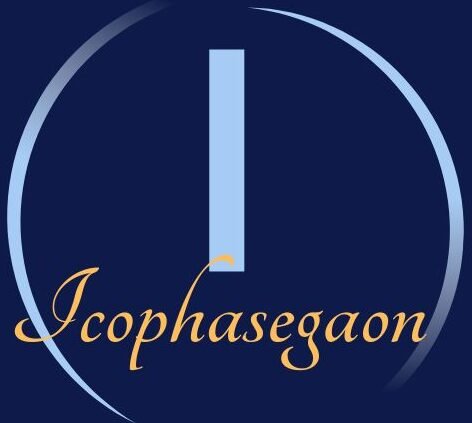The 1976 Bicentennial Quarter was issued to celebrate the 200th anniversary of the US. The coin itself is very common and, in most cases, can fetch only its face value (25 cents). However, recently, the news has been rife with information about an extremely rare version of this coin, which was sold for nearly $1.2 million (around Rs10 crore).
The key points of agreement, however, are that the rare coin had an exceptional minting and designing process. Let’s look more into that splendid Bicentennial Quarter and the other three US quarters, worth more than $200,000 (approximately Rs 1.6 crore). These coins have a historical presence and are very prevalent among coin collectors.
1976 Bicentennial Quarter
The Bicentennial quarter displays a drummer boy on its reverse side and a double date of 1776-1976 on its obverse side. This coin was usually made from a copper-nickel alloy, but this coin was mistakenly struck on a 90% pure silver planchet, accounting for the multimillion-dollar destruction.
Why It’s Valuable
- It was, as stated before, the rarest specimen, being minted on an improper 90% pure silver plate.
- Errors, like this, are typically for special collectible coins or proof coins.
- Such a coin sold recently at $1.2 million, making it among the most expensive of the Bicentennial quarters.
What to Look For
- Look at the edge – Ordinary silver coins will have a solid silver edge, while others will have a copper stripe.
- Weigh them – An easy way to differentiate silver coins from copper-nickel (current quarters) coins is their weight.
- Consider Mint Mark – The coins with the ‘S’ mint mark are produced for collectors. Without a mint mark or different shine could mean rare.
1932-D Washington Quarter

The quarter was issued in celebration of George Washington’s two hundred years and is considered the first coin of the Washington Quarter series.
Why It’s Valuable
- It is exceedingly rare since only 436,800 were made.
- In some 200,000+’s, there are high-end coins.
What to Look For
- Mint Mark– Look for a ‘D’ mint mark below the eagle on the coin’s reverse.
- Condition– Uncirculated or near mint condition coins hold more value.
- The 1932 quarters without the mint marks are less valuable – 1932 quarters without a ‘D’ and ‘S’ are not worth much.
1870-CC Liberty Seated Quarter
This coin went into production at the historic Carson City Mint (CC Mint), where coins were produced in very small quantities.
Why It’s Valuable
- Only 8,340 coins were minted.
- Many coins ended up being lost or melted, making their availability all the more laid wit one.
- An 1870-CC quarter in good condition can, in fact, sell upwards of $200,000.
What to Look For
- Mint Mark– Stand for the CC, below the eagle on the back of coin.
- Authentication– In order for this rare coin to be authenticated, better get certification from an expert (Professional Grading).
1901-S Barber Quarter

Designed by Charles E. Barber, this quarter is considered to be the rarest coin in the Barber Quarter series.
Why It’s Valuable
- Only 72,664 coins were made.
- Coins in good condition (high grade) sell for $200,000 or more.
- Even coins in normal circulation are expensive.
What to Look For
- Look for the S Mint Mark – ‘S’ will be written below the eagle on the back of the coin.
- Condition – Uncirculated or lightly used coins are more valuable.
Read More :- Canada $727 OAS Benefit 2025 – Eligibility Rules & Payment Timeline
Conclusion:
These rare quarters show how a small minting error, low production numbers and historical significance can turn a common coin into a million-dollar collector’s item. If you have old quarters, it’s worth checking them out-maybe one of them is a rare coin and you’ll get lucky.
FAQs :-
What makes the 1932-D Washington quarter valuable?
It had a low mintage of 436,800, making it one of the rarest Washington quarters.
Where is the mint mark on the 1932-D Washington quarter?
The “D” mint mark is located below the eagle on the reverse side.
How can I tell if my Bicentennial quarter is silver?
Check the edge—silver quarters have a solid silver edge, while clad ones show a copper stripe.


